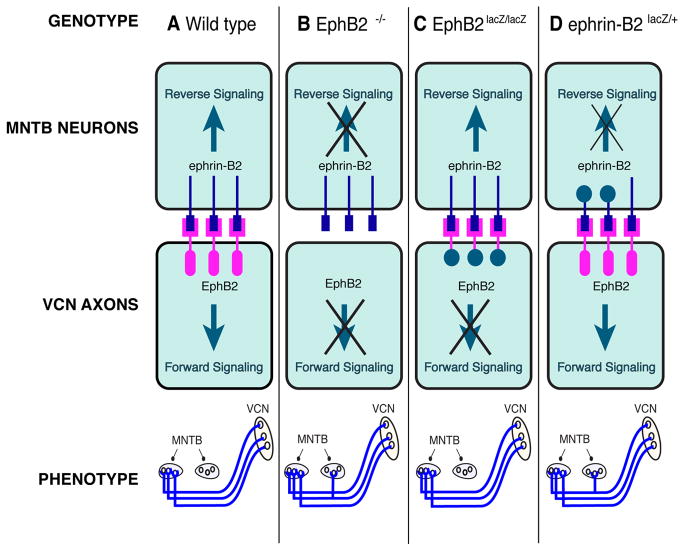Figure 6. Summary of results suggesting that reverse signaling through ephrin-B2 in MNTB neurons prevents the formation of ipsilateral calyces.
Genotype is indicated across the top row, and phenotype is indicated across the bottom row. A. In wild type mice, signaling occurs bidirectionally, as both the receptor (pink) and the ligand (blue) are fully expressed. These mice have a normal phenotype (bottom), in which VCN projects to contralateral, but not ipsilateral, MNTB. B. In EphB2−/− mice a null mutation eliminates the EphB2 protein entirely, so signaling does not occur in either forward or reverse direction. Our data indicate that these mice have a significant number of abnormal ipsilateral VCN-MNTB projections. C. EphB2lacZ/lacZ mice have β-galactosidase replacing the intracellular portion of the EphB2 receptor. Thus, they cannot signal in the forward direction, but reverse signaling functions normally. These mice have normal, contralateral VCN-MNTB projections. D. Ephrin-B2lacZ/+ mice have intact forward signaling but reverse signaling through ephrin-B2 is reduced. These mice have abnormal ipsilateral VCN-MNTB projections.

